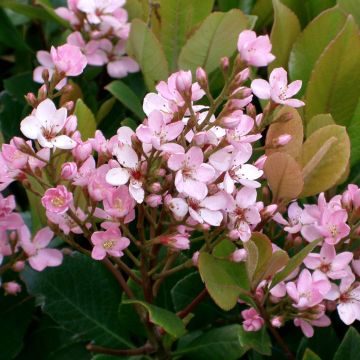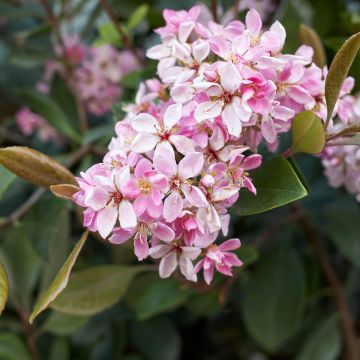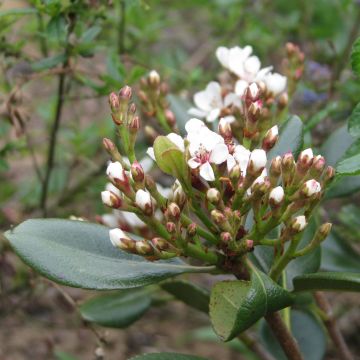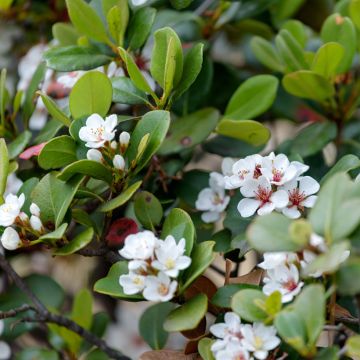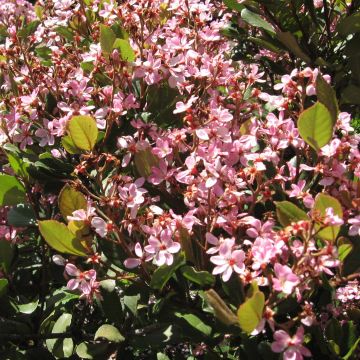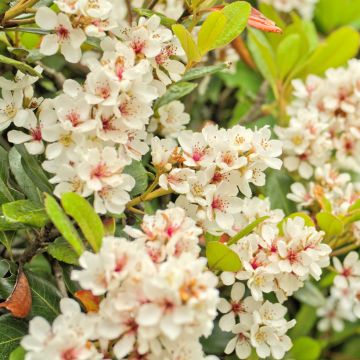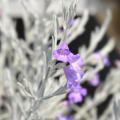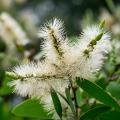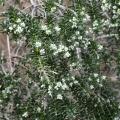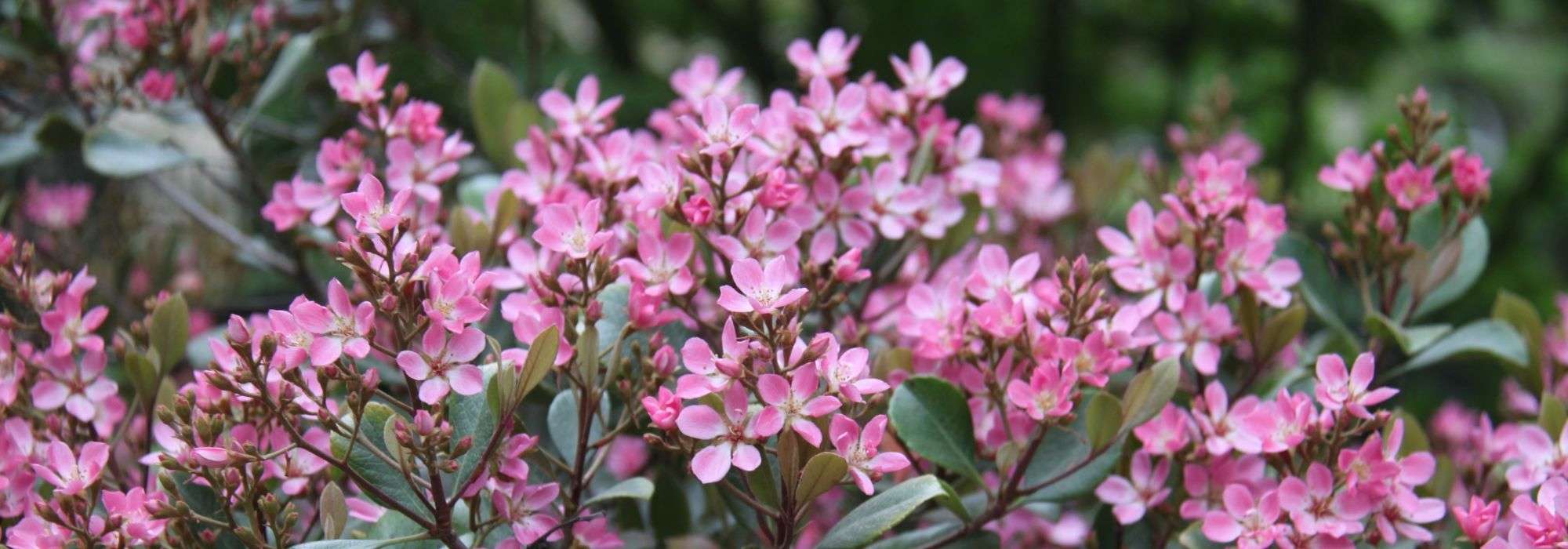Rhaphiolepis
Would this plant suit my garden? Set up your Plantfit profile →
Available in 1 sizes
Available in 1 sizes
Available in 2 sizes
Available in 1 sizes
Available in 1 sizes
Available in 1 sizes
The Rhaphiolepis, umbellata, indica and delacourii are absolutely delightful evergreen bushes. They charm with their lovely bushy and rounded habit as well as their glossy foliage and generous and pleasantly scented spring flowering. Despite being somewhat sensitive to cold, they prefer mild climates, withstand summer drought well, tolerate sea spray, and adapt very well to container cultivation. The nine species that make up the Raphiolepis genus are robust bushes from the Rosaceae family, native to eastern and southeastern Asia. They are characterized by slow to very slow growth, a rather wide habit, and star-shaped flowers borne in loose clusters, produced abundantly. Their height ranges from 1m (3ft) to 2m (7ft) and the flower color, reminiscent of apple blossoms, varies from white in 'umbellata Ovata' to almost red, passing through pink.
Rhaphiolepis thrive in sunny or partially shaded positions in warm climates, with well-drained, slightly acidic to neutral soils, sandy but enriched with compost. They are hardy to about -10/-12°C in sheltered locations. In this section, we have gathered the best varieties of Rhaphiolepis, offered as well-developed young plants that will create a beautiful effect in the garden from the first years of cultivation.
Haven't found what you were looking for?





































